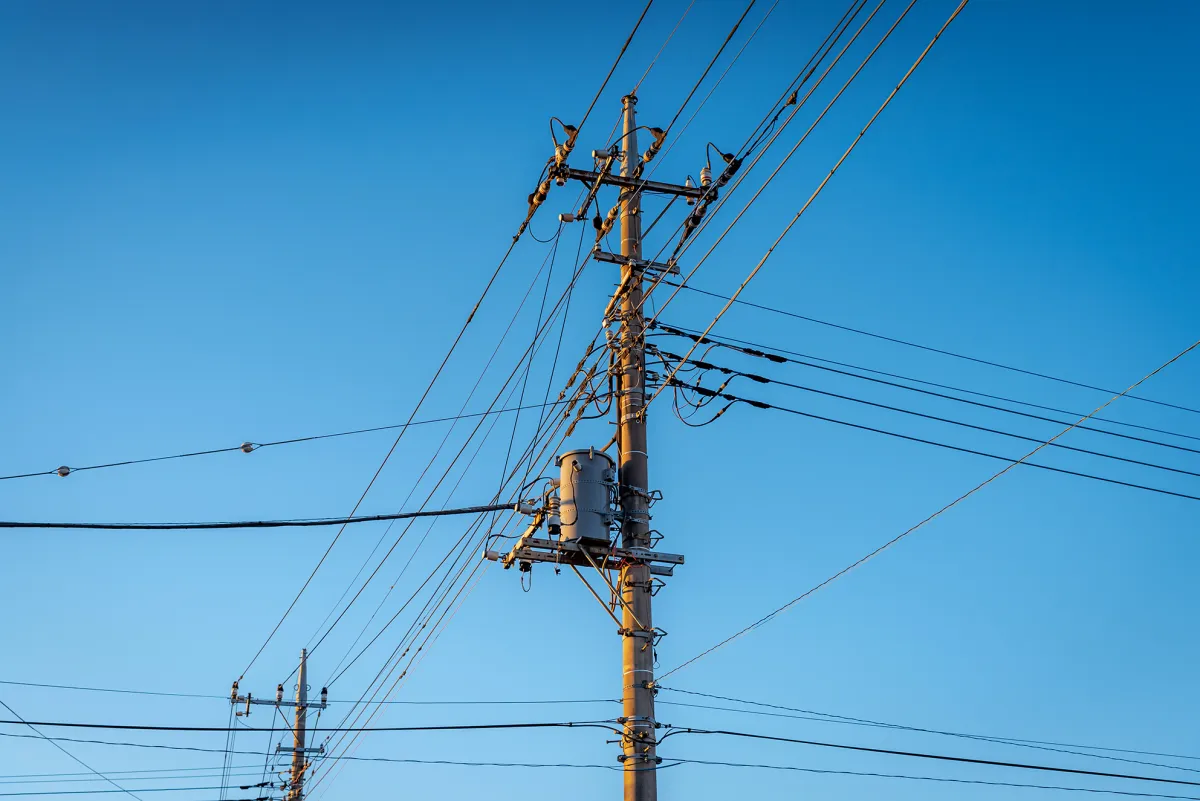By now, everyone recognizes that fair access to utility poles is essential to fulfilling our goal of reaching all Americans with robust broadband. Indeed, without a means of securing reasonable and timely access to utility poles, most network construction — particularly in sparsely populated areas with few people and many poles — faces long odds.
Thankfully, policymakers tasked with expanding broadband access are turning more attention to these concerns so that those stepping up to build broadband – including many cable ISPs – in unserved areas are not frustrated in their efforts by unreasonable pole practices. Because there generally is only one set of poles in any given area, Congress long ago recognized that a robust regulatory regime was needed to guard against abuse of monopoly power by pole owners. The FCC has teed up a new rulemaking to examine a relatively recent concern – how the significant costs of replacing wooden poles is slowing the nation’s progress in expanding gigabit broadband networks.
One problem is that broadband providers looking to deploy in rural areas increasingly are being met by demands to pay the full cost of replacing a substantial number of poles. In many cases it appears that pole owners are using the entry of a broadband provider to offload the costs of modernizing their own networks. When this practice reached a point that it was starting to interfere with cable operators’ deployment plans, we raised it with the FCC and we appreciate that they are now going to consider the need for new rules. A wide range of parties, including other broadband providers, schools and libraries, and a broad coalition of public interest groups, have rightly cheered the FCC’s initiative.
Unsurprisingly, one group of incumbent pole owners – local telephone companies – has sought to throw shade on these efforts to preserve their monopoly advantages.
First, they assert that “making the pole owner pay for a pole replacement caused by a competitor’s attachment is not removing a barrier or reducing costs; it is just shifting costs from one company to another.” We can see why pole owners might feel defensive – when there is a single set of poles, one company’s barrier to entry is another’s monopoly revenue stream. One of the key questions the FCC’s rulemaking will explore is when the replacement is “caused” by the attaching provider that is trying to bring broadband to more Americans and when it should be the responsibility of the pole owner as part of maintaining a modern electric or communications network. Balancing those interests, rather than reflexively sticking new broadband providers with 100% of the costs for replacing another network owner’s poles, absolutely will remove a barrier.
Similarly, the claim that the current pole replacement allocation rules are reasonable because they, “have been in place for many years without much fanfare at all [and thus one] has to wonder why all of the sudden there is a pole replacement crisis” is equally wide of the mark. The obvious answer is that this issue is now front and center because of the increasing need and desire – backed by Congress with “once in a lifetime” funding – for providers to reach those areas that have been without broadband until now. Our policies can and should be better calibrated to promote more efficient investment in new gigabit technologies to areas without service and to avoid unnecessary tributes to pole owners for new wood.
Despite these points of disagreement, there is one area agreement worth noting. While most pole owners are subject to rules promulgated under the federal-state regulatory framework, some pole owners – specifically electric cooperatives and municipalities – have historically been carved out of the federal-state framework. Unsurprisingly, evidence has shown that pole access and replacement practices are problematic and rates for pole attachments charged by such entities are well in excess of rates charged by entities subject to rules governing attachment charges, a problem likely to get worse as more of these pole owners enter retail broadband markets. Congress can and should fix this anomaly to put all pole owners under the same federal regime. Until Congress acts, however, federal agencies can ensure that the billions in infrastructure funding will go to states that ensure reasonable and non-discriminatory access to poles, regardless of ownership.
In the end, our road to building a connected nation will require greater attention to the nuts and bolts of pole access and how we can minimize economic obstacles that inhibit deployment. For now, kudos to the FCC for starting to address some of the more significant ones.









